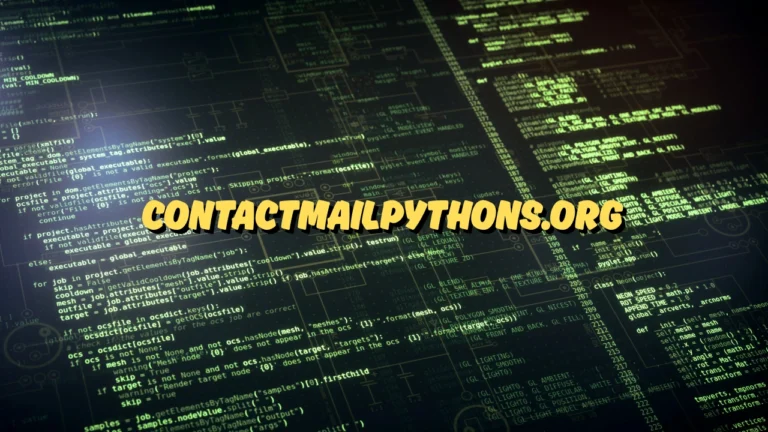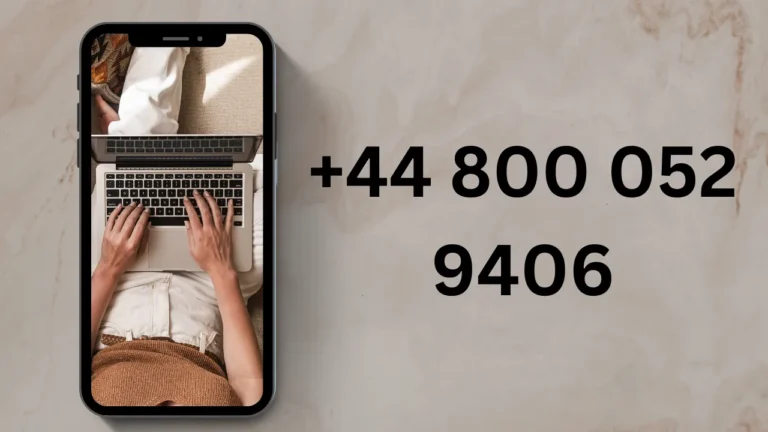Silly Wankok Rise and Impact of Viral Internet Phenomenon

In the ever-evolving landscape of internet culture, new phrases and memes emerge, capturing the collective imagination of online communities. One such term that has recently gained traction is silly wankok. At first glance, it appears nonsensical, yet its widespread use suggests a deeper cultural resonance. This article delves into the origins, meaning, and impact of silly wankok in today’s digital age.
Who is Silly Wankok?
Silly Wankok is a playful and nonsensical phrase that has recently gained traction in internet culture. It combines “silly,” meaning something humorous or absurd, with “Wankok,” a term with no clear definition, making it whimsically intriguing. The phrase is often used in memes, social media posts, and casual conversations to highlight situations or behaviors that are ridiculous or amusing. Its appeal lies in its randomness and lighthearted nature, offering a comedic break from daily routines. While its exact origin is unclear, it has gained popularity through platforms like Twitter and TikTok, where users adapt it creatively. Overall, “Silly Wankok” represents the internet’s love for absurdity and humor.
Understanding Silly Wankok
The phrase silly wankok combines the word “silly,” denoting a lack of seriousness, with “wankok,” a term that lacks a clear definition in the English language. This ambiguity contributes to its appeal, allowing users to adapt its meaning based on context. Generally, it’s employed to describe absurd or humorous situations, embodying the internet’s penchant for embracing the nonsensical.
Origins and Evolution
Tracing the exact origin of silly wankok is challenging, as it appears to have emerged organically within online communities. Its rise mirrors that of other internet slang terms, gaining momentum through social media platforms like Twitter, TikTok, and Instagram. Users began incorporating it into memes, captions, and comments, each iteration adding layers to its evolving meaning.
Will Silly Wankok Stand the Test of Time?
It’s challenging to predict the longevity of any internet trend. However, the universal themes embodied by it—joy, connection, and authenticity—suggest it may have lasting appeal.
Potential for Growth
As more people seek content that uplifts and entertains without pretense, it could continue to resonate and evolve.
Adaptability
The term’s flexibility allows it to be adapted to new contexts and mediums, increasing its chances of remaining relevant.
Cultural Impact
The popularity of it underscores a broader trend in digital culture: the embrace of absurdity and humor as coping mechanisms in an increasingly complex world. By participating in this trend, individuals find a sense of community and shared understanding, highlighting the internet’s role in shaping modern communication.
Usage in Digital Communication
In online interactions, silly wankok serves multiple purposes:
- Memes: Creators use the term to label images or videos depicting humorous or absurd scenarios.
- Social Media Posts: Individuals caption their posts with it to convey a lighthearted tone.
- Comments: Users comment it to express amusement or to highlight the absurdity of a situation.
Contextual Uses of Silly Wankok
| Platform | Example Usage |
|---|---|
| “Just tripped over my own feet… #sillywankok” | |
| Captioning a photo of a pet in a funny outfit: “Meet Mr. Fluffy, the #sillywankok” | |
| TikTok | Video of a prank gone wrong with the overlay text: “When your plan backfires… #sillywankok” |
Psychological Appeal
The allure of silly wankok lies in its ability to offer a brief respite from the demands and seriousness of everyday life. In a world where stress and responsibilities often dominate our attention, engaging with it content provides a much-needed outlet for relaxation and enjoyment. This type of humor allows individuals to experience genuine joy and laughter, which can have a rejuvenating effect on the mind and body.
Laughter triggered by it not only elevates mood but also releases endorphins, the body’s natural feel-good chemicals. This emotional uplift can reduce stress levels and promote a sense of well-being. Moreover, sharing in this humor fosters a sense of connection with others who appreciate similar comedic styles. When people laugh together at it antics, it creates a communal experience that strengthens social bonds and cultivates a feeling of belonging.
Cultural Impact of Silly Wankok
Silly Wankok reflects broader trends in how people communicate and interact online.
Shifting Language Norms
The emergence of such phrases shows how language evolves with technology. Internet slang like it becomes part of everyday vocabulary, especially among younger generations.
Influence on Marketing and Media
Brands attuned to internet culture might incorporate it into advertising campaigns to connect with audiences seeking authenticity and humor.
Encouraging Authenticity
The popularity of it underscores a desire for genuine, unpolished interactions. It promotes a culture where being oneself is not only accepted but celebrated.
Role of Absurdity in Humor
Absurdity has been a fundamental element of humor throughout history, serving as a powerful tool to provoke laughter by defying logic and expectations. The term it exemplifies this concept by embracing the irrational and nonsensical. By presenting something that doesn’t fit within the boundaries of conventional thinking, it creates a comedic effect that catches people off guard.
Challenging Conventional Expectations
Humor often relies on the element of surprise. When something absurd occurs, it disrupts our normal patterns of thought, leading to an unexpected twist that can be amusing. Silly wankok challenges conventional language and expression, prompting listeners or readers to pause and process the incongruity. This momentary confusion can quickly turn into amusement as the brain reconciles the absurdity.
Celebrating the Irrational and Nonsensical
The nonsensical nature of it invites people to let go of logic and embrace whimsy. This departure from rationality is liberating, allowing individuals to experience humor on a more instinctive level. By celebrating the irrational, absurd humor taps into a childlike sense of wonder and playfulness.
Theories Behind Absurd Humor
Several theories explain why absurdity is effective in comedy:
- Incongruity Theory: This theory suggests that humor arises when there’s a mismatch between expectations and reality. It fits this model by introducing an unexpected phrase that doesn’t align with standard language patterns.
- Benign Violation Theory: Proposed by psychologist Peter McGraw, this theory posits that something is funny when it violates a norm but is perceived as harmless. The absurdity of it violates linguistic norms without causing offense, making it amusing.
Examples in Media and Literature
Absurdity has been used by many comedians and writers to great effect:
- Lewis Carroll’s “Jabberwocky”: A poem filled with invented words and nonsensical phrases that create a whimsical atmosphere.
- Monty Python: The comedy troupe is known for sketches that embrace absurd situations and dialogues, leading to unexpected and hilarious outcomes.
Silly wankok follows in this tradition by using a playful and absurd phrase to generate humor.
Also Read: logicswise.co.uk
Future Prospects
While it’s difficult to predict the longevity of internet trends, the current popularity of it suggests it may continue to influence digital communication. Its adaptability and broad appeal position it well to remain a fixture in online interactions, at least in the near term.
Conclusion
Silly wankok is more than just a fleeting internet fad; it reflects the dynamic nature of language and the human desire for connection through shared humor. As digital culture continues to evolve, terms like it will undoubtedly emerge, each contributing to the rich tapestry of online communication.
By understanding and participating in these trends, individuals not only stay connected but also contribute to the ever-changing landscape of internet culture.
Also Read: Spain National Football Team vs England National Football Team Timeline






